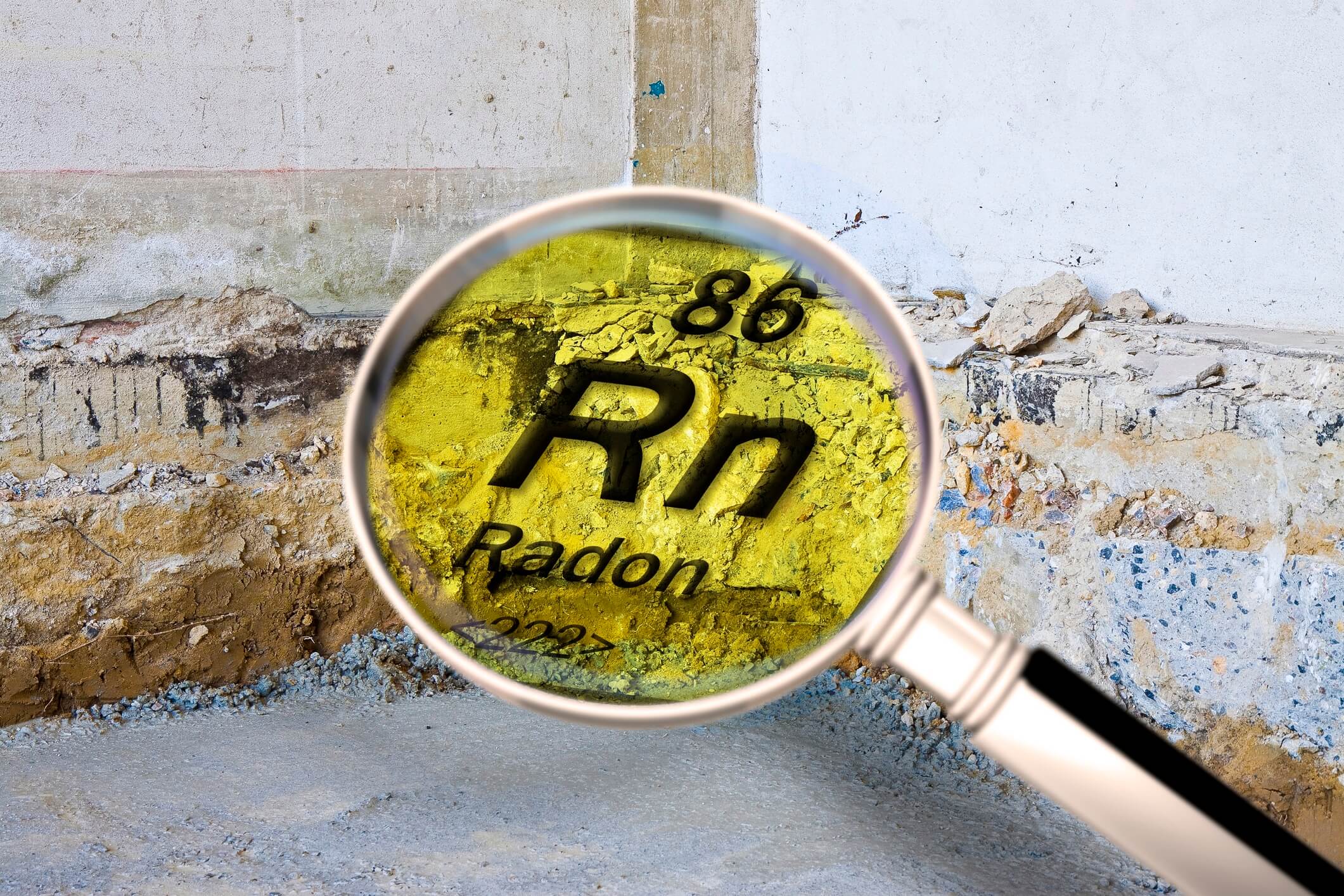
The Importance of Radon Testing for Homes and Businesses in Maryland
Understanding Radon Radon is a radioactive gas resulting from the natural decay of radium, which itself comes from the breakdown of uranium in soil, rock, and water. This colorless and odorless gas can accumulate in buildings of all sizes, posing significant health risks without ever being detected by human senses. The only reliable method to ensure safety from radon exposure in homes and businesses is through professional radon... Read More








